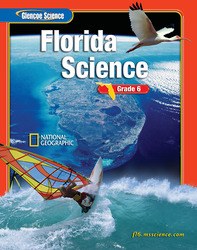1.
A) three B) hundreds C) nine D) ten 2.
A) when fusion begins in gas clouds in space B) when other stars become supernovae and shoot off smaller stars C) They emerge from black holes. D) when white dwarfs start generating light again 3.
A) astronomical unit B) light-year C) kilometer D) miles 4.
A) Pluto B) Mercury C) Earth D) Mars 5.
A) the Moon B) Alpha Centauri C) the Sun D) Ursa Major 6.
A) Neptune and Pluto B) Uranus and Neptune C) Earth and Venus D) Jupiter and Saturn 7.
A) light-year B) astronomical unit C) kilometer D) miles 8.
A) the Moon's shadow on Earth B) Earth's shadow on the Sun C) the Sun's shadow on Earth D) Earth's shadow on the Moon 9.
A) Moon, Sun, Earth B) Sun, Moon, Earth C) Sun, Earth, Moon D) Earth, Sun, Moon 10.
A) dimmer the star looks from Earth B) brighter the star is C) brighter the star looks from Earth D) dimmer the star is 11.
A) the ozone layer B) the asteroid belt C) the Oort cloud D) planetary rings 12.
A) smaller than pebbles B) They can be as small as a pebble or as large as several tons C) 1 AU wide D) several miles in diameter 13.
A) the distance between Earth and the Sun B) the tilt of Earth's axis C) the phases of the Moon D) the rotation of Earth 14.
A) reflected light from the Sun B) fusion in the Moon C) lights on the Moon made by humans D) glowing dust on the Moon 15.
A) cool B) the same as the Sun C) medium for a star D) hot 16.
A) galaxies B) nebulae C) supernovas D) black holes 17.
A) one B) four C) three D) two 18.
A) 1 light-year B) 100,000 light-years C) 1 AU D) 100,000 AUs 19.
A) solid and rocky B) small and soupy C) gaseous and large D) large and wet 20.
A) Pluto B) Earth C) Jupiter D) Saturn







